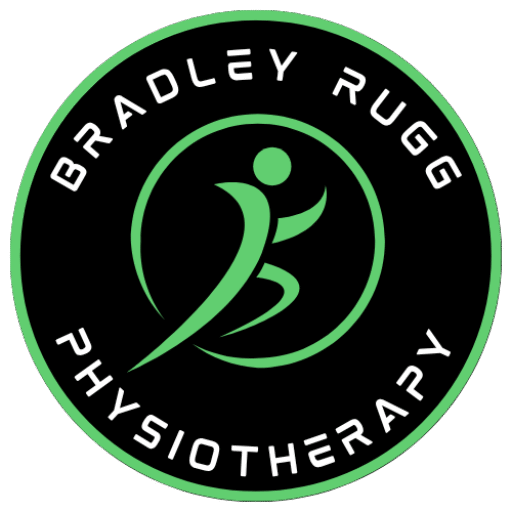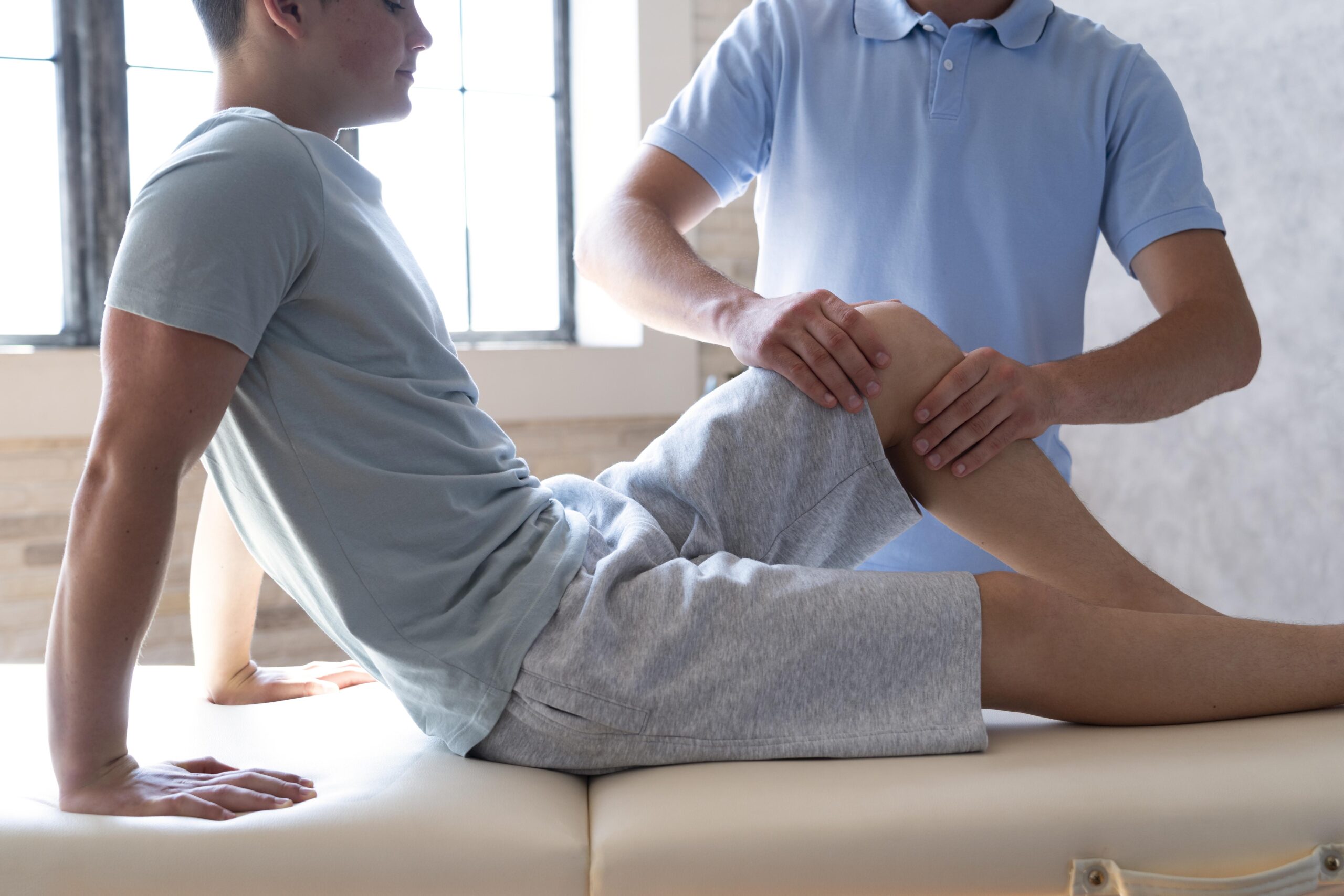Knee pain can be described anywhere from dull, sharp, achey, heavy, and any other descriptor that best describes their sensation. The pain can range from a mild annoyance to something very debilitating. Treatment options generally depend on the cause of your knee pain.
You may be wondering how to manage your knee pain by yourself. Or you may even be waiting to see a physiotherapist or other healthcare professional. So what can you do to help yourself? And what are the things to avoid or not worry about? Here are some do’s and don’ts when it comes to your knees.
Do's: things to do when you have knee pain
- Try to keep your movement: rarely does a knee need to be completely immobilised from any movement. Keeping the knee moving can help keep your range of movement, reduce inflammation and swelling from sitting around the knee, and help prevent stiffness.
- Maintain normal activities as able: the goal here is to keep your independence as much as you can. The people who can maintain their activities of daily living tend to have better outcomes.
- Use painkillers if necessary: this can include paracetamol and ibuprofen. If you can keep your pain controlled, you will be more likely to move your knee and keep, which will help keep your strength and reduce swelling. Take the least amount of painkillers needed for the shortest time. Ice can also be helpful for pain, use an ice pack or frozen peas wrapped in a tea towel for up to 20 minutes every 2-3 hours. If your pain is too high or these aren’t helping, it’s likely time to see a healthcare professional.
- Track your symptoms: this is useful for recording the progression or regression of symptoms, and location of your pain (deep or close to skin surface, bruising or swelling). If you are planning to see a physiotherapist or other healthcare professional, these things can help with a diagnosis.
Don'ts: things to avoid when you have knee pain
- Rest too much: keeping your knee still can be bad news for your knee. Stillness can promote stiffness in your knee. This also reduces strength and confidence in your knee. Find a way to keep moving.
- Push through high pain levels: simply ignoring your pain and just gritting your teeth could actually prolong your episode of pain. If your pain is high and stopping you from doing things, see a physiotherapist or other healthcare professional. Don’t wait until your symptoms become unbearable.
- Managing your pain alone for a long time: it’s not worth the stress. If you find your pain does not improve within a week or so, it’s worth an assessment from a physiotherapist to give you peace of mind or start treatment to get better.
- Ignoring big problems: if your knee locks, clicks painfully, or gives way frequently, you should see someone urgently. If you can’t put weight through your leg, was involved in trauma, or have extremely high levels of pain, seek medical attention.
For further friendly and reliable information, see this Versus Arthritis page.
Physiotherapists are trained to assess and treat knee pain of all kinds. Bradley Rugg has extensive experience managing knee pain of all types. If this is something that requires imaging such as an x-ray or MRI, Bradley is qualified to privately refer for imaging at nearby locations, and manage the findings appropriately. If necessary, Bradley has a great working relationship with local consultants specialising in Sports and Exercise Medicine and Orthopaedics. Click the button below to contact Bradley Rugg Physiotherapy.
Click here to see Bradley’s physiotherapy services.
Click here to see Bradley’s physiotherapy prices.

